-
EXECUTIVE SUMMARY
-
MARKET INTRODUCTION
-
Definition
-
Scope of the Study
- Research
-
Objective
-
2.2.2.
-
Assumptions
-
2.2.3.
-
Limitations
-
3.
-
RESEARCH METHODOLOGY
-
3.1.
-
Overview
-
3.2.
-
Data Mining
-
3.3.
-
Secondary Research
-
3.4.
-
Primary Research
-
3.4.1.
-
Primary Interviews and Information Gathering Process
-
Breakdown of Primary Respondents
-
Forecasting Model
-
Market Size Estimation
- Bottom-Up Approach
- Top-Down Approach
-
Data Triangulation
-
Validation
-
MARKET DYNAMICS
-
Overview
-
Drivers
-
Restraints
-
Opportunities
-
MARKET FACTOR ANALYSIS
-
Value Chain Analysis
-
Porter’s Five
- Bargaining Power of Buyers
- Threat of New Entrants
- Threat of Substitutes
- Intensity of Rivalry
-
Forces Analysis
-
5.2.1.
-
Bargaining Power of Suppliers
-
COVID-19 Impact Analysis
- Market Impact Analysis
- Regional Impact
- Opportunity and
-
Threat Analysis
-
6.
-
EUROPE SATCOM MARKET, BY COMPONENT
-
Overview
-
Receiver
-
Transmitter/Transponder
-
Transceiver
-
Antenna
-
Others
-
EUROPE SATCOM MARKET, BY PLATFORM
-
Overview
-
Portable SATCOM Equipment
-
Land SATCOM Equipment
-
Maritime SATCOM
-
Equipment
-
7.5.
-
Airborne SATCOM Equipment
-
EUROPE SATCOM MARKET, BY END-USER
-
Overview
-
Commercial
-
Government & Defense
-
EUROPE SATCOM MARKET, BY APPLICATION
-
Overview
-
Broadcasting
-
Remote Sensing
-
Military Applications
-
and Navigations
-
9.5.
-
Weather Monitoring
-
9.6.
-
Others
-
10.
-
EUROPE SATCOM MARKET, BY REGION
-
Overview
-
Europe
- Germany
- France
- UK
- Italy
- Spain
- Rest of Europe
-
COMPETITIVE LANDSCAPE
-
Overview
-
Competitive Analysis
-
Market Share Analysis
-
Major Growth Strategy in the Europe SATCOM
-
Market,
-
11.5.
-
Competitive Benchmarking
-
Leading Players in Terms of Number of Developments in the Europe
- New Product Launch/Service Deployment
- Merger &
- Sales & Operating Income, 2022
- Major Players R&D Expenditure. 2022
-
SATCOM Market,
-
11.7.
-
Key developments and Growth Strategies
-
Acquisitions
-
11.7.3.
-
Joint Ventures
-
11.8.
-
Major Players Financial Matrix
-
COMPANY PROFILES
-
Boeing (U.S.)
- Company Overview
- Financial Overview
- Products Offered
- Key Developments
- SWOT Analysis
- Key Strategies
-
COBHAM LIMITED
- Company Overview
- Financial Overview
- Products Offered
- Key Developments
- SWOT Analysis
- Key Strategies
-
(U.K.)
-
12.2.1.
-
Company Overview
-
12.2.2.
-
Financial Overview
-
12.2.3.
-
Products Offered
-
12.2.4.
-
Key Developments
-
12.2.5.
-
SWOT Analysis
-
12.2.6.
-
Key Strategies
-
12.3.
-
COMMUNICATIONS AND POWER TECHNOLOGIES (U.S.)
-
HONEYWELL INTERNATIONAL INC. (U.S.)
- Company Overview
- Financial Overview
- Products Offered
- Key Developments
- SWOT Analysis
- Key Strategies
-
Inmarsat Global
- Company Overview
- Financial Overview
- Products Offered
- Key Developments
- SWOT Analysis
- Key Strategies
-
Limited (U.K.)
-
12.5.1.
-
Company Overview
-
12.5.2.
-
Financial Overview
-
12.5.3.
-
Products Offered
-
12.5.4.
-
Key Developments
-
12.5.5.
-
SWOT Analysis
-
12.5.6.
-
Key Strategies
-
12.6.
-
Iridium Communications Inc. (U.S.)
-
L3Harris Technologies, Inc. (U.S.)
- Company Overview
- Financial Overview
- Products Offered
- Key Developments
- SWOT Analysis
- Key Strategies
-
QUALCOMM TECHNOLOGIES,
- Company Overview
- Financial Overview
- Products Offered
- Key Developments
- SWOT Analysis
- Key Strategies
-
INC. (U.S.)
-
12.8.1.
-
Company Overview
-
12.8.2.
-
Financial Overview
-
12.8.3.
-
Products Offered
-
12.8.4.
-
Key Developments
-
12.8.5.
-
SWOT Analysis
-
12.8.6.
-
Key Strategies
-
12.9.
-
Viasat, Inc. (U.S.)
-
12.9.1.
-
Company Overview
-
12.9.2.
-
Financial Overview
-
12.9.3.
-
Products Offered
-
12.9.4.
-
Key Developments
-
12.9.5.
-
SWOT Analysis
-
12.9.6.
-
Key Strategies
-
12.10.
-
KVH Industries, Inc. (U.S.)
-
APPENDIX
-
References
-
Related Reports
-
-
LIST OF TABLES
-
EUROPE SATCOM MARKET, SYNOPSIS, 2018-2032
-
EUROPE SATCOM
-
MARKET, ESTIMATES & FORECAST, 2018-2032 (USD BILLION)
-
EUROPE SATCOM MARKET, BY COMPONENT, 2018-2032
-
(USD BILLION)
-
TABLE
-
EUROPE SATCOM MARKET, BY PLATFORM, 2018-2032 (USD BILLION)
-
EUROPE SATCOM MARKET, BY END-USER, 2018-2032
-
(USD BILLION)
-
TABLE
-
EUROPE SATCOM MARKET, BY APPLICATION, 2018-2032 (USD BILLION)
-
GERMANY: SATCOM MARKET,
-
BY COMPONENT, 2018-2032 (USD BILLION)
-
GERMANY: SATCOM MARKET, BY PLATFORM, 2018-2032 (USD
-
BILLION)
-
TABLE
-
GERMANY: SATCOM MARKET, BY END-USER, 2018-2032 (USD BILLION)
-
GERMANY SATCOM MARKET,
-
BY APPLICATION, 2018-2032 (USD BILLION)
-
FRANCE: SATCOM MARKET, BY COMPONENT, 2018-2032 (USD
-
BILLION)
-
TABLE
-
FRANCE: SATCOM MARKET, BY PLATFORM, 2018-2032 (USD BILLION)
-
FRANCE: SATCOM MARKET,
-
BY END-USER, 2018-2032 (USD BILLION)
-
FRANCE SATCOM MARKET, BY APPLICATION, 2018-2032
-
(USD BILLION)
-
TABLE
-
ITALY: SATCOM MARKET, BY COMPONENT, 2018-2032 (USD BILLION)
-
ITALY: SATCOM MARKET,
-
BY PLATFORM, 2018-2032 (USD BILLION)
-
ITALY: SATCOM MARKET, BY END-USER, 2018-2032 (USD
-
BILLION)
-
TABLE
-
ITALY SATCOM MARKET, BY APPLICATION, 2018-2032 (USD BILLION)
-
SPAIN: SATCOM MARKET,
-
BY COMPONENT, 2018-2032 (USD BILLION)
-
SPAIN: SATCOM MARKET, BY PLATFORM, 2018-2032 (USD
-
BILLION)
-
TABLE
-
SPAIN: SATCOM MARKET, BY END-USER, 2018-2032 (USD BILLION)
-
SPAIN SATCOM MARKET,
-
BY APPLICATION, 2018-2032 (USD BILLION)
-
UK: SATCOM MARKET, BY COMPONENT, 2018-2032 (USD
-
BILLION)
-
TABLE
-
UK: SATCOM MARKET, BY PLATFORM, 2018-2032 (USD BILLION)
-
UK: SATCOM MARKET, BY END-USER, 2018-2032
-
(USD BILLION)
-
TABLE
-
UK SATCOM MARKET, BY APPLICATION, 2018-2032 (USD BILLION)
-
REST OF EUROPE: SATCOM MARKET, BY COMPONENT,
-
REST OF EUROPE: SATCOM MARKET, BY PLATFORM, 2018-2032 (USD
-
BILLION)
-
TABLE
-
REST OF EUROPE: SATCOM MARKET, BY END-USER, 2018-2032 (USD BILLION)
-
REST OF EUROPE
-
SATCOM MARKET, BY APPLICATION, 2018-2032 (USD BILLION)
-
LIST OF FIGURES
-
RESEARCH PROCESS
-
MARKET STRUCTURE FOR THE EUROPE SATCOM MARKET
-
MARKET DYNAMICS
-
FOR THE EUROPE SATCOM MARKET
-
EUROPE SATCOM MARKET, SHARE (%), BY COMPONENT, 2021
-
EUROPE SATCOM
-
MARKET, SHARE (%), BY PLATFORM, 2021
-
EUROPE SATCOM MARKET, SHARE (%), BY END-USER, 2021
-
EUROPE
-
SATCOM MARKET, SHARE (%), BY APPLICATION, 2021
-
EUROPE SATCOM MARKET, SHARE (%), BY REGION,
-
FIGURE
-
EUROPE SATCOM MARKET: COMPANY SHARE ANALYSIS, 2021 (%)
-
BOEING (U.S.): FINANCIAL OVERVIEW SNAPSHOT
-
BOEING (U.S.):
-
SWOT ANALYSIS
-
FIGURE
-
COBHAM LIMITED (U.K.): FINANCIAL OVERVIEW SNAPSHOT
-
COBHAM LIMITED (U.K.): SWOT ANALYSIS
-
COMMUNICATIONS
-
AND POWER TECHNOLOGIES (U.S.): FINANCIAL OVERVIEW SNAPSHOT
-
COMMUNICATIONS AND POWER TECHNOLOGIES (U.S.):
-
SWOT ANALYSIS
-
FIGURE
-
HONEYWELL INTERNATIONAL INC. (U.S.): FINANCIAL OVERVIEW SNAPSHOT
-
HONEYWELL INTERNATIONAL
-
INC. (U.S.): SWOT ANALYSIS
-
INMARSAT GLOBAL LIMITED (U.K.): FINANCIAL OVERVIEW SNAPSHOT
-
INMARSAT GLOBAL
-
LIMITED (U.K.): SWOT ANALYSIS
-
IRIDIUM COMMUNICATIONS INC. (U.S.): FINANCIAL OVERVIEW SNAPSHOT
-
IRIDIUM COMMUNICATIONS
-
INC. (U.S.): SWOT ANALYSIS
-
L3HARRIS TECHNOLOGIES, INC. (U.S.): FINANCIAL OVERVIEW SNAPSHOT
-
FIGURE 23
-
L3HARRIS TECHNOLOGIES, INC. (U.S.): SWOT ANALYSIS
-
QUALCOMM TECHNOLOGIES, INC. (U.S.): FINANCIAL
-
OVERVIEW SNAPSHOT
-
FIGURE
-
QUALCOMM TECHNOLOGIES, INC. (U.S.): SWOT ANALYSIS
-
VIASAT, INC. (U.S.): FINANCIAL OVERVIEW
-
SNAPSHOT
-
FIGURE
-
VIASAT, INC. (U.S.): SWOT ANALYSIS
-
KVH INDUSTRIES, INC. (U.S.),: FINANCIAL OVERVIEW
-
SNAPSHOT
-
FIGURE
-
KVH INDUSTRIES, INC. (U.S.),: SWOT ANALYSIS

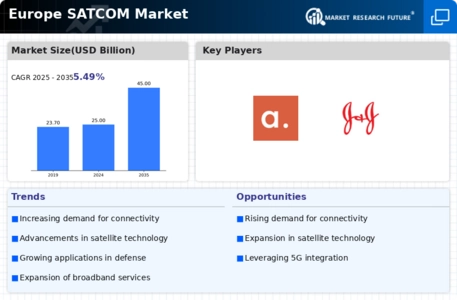

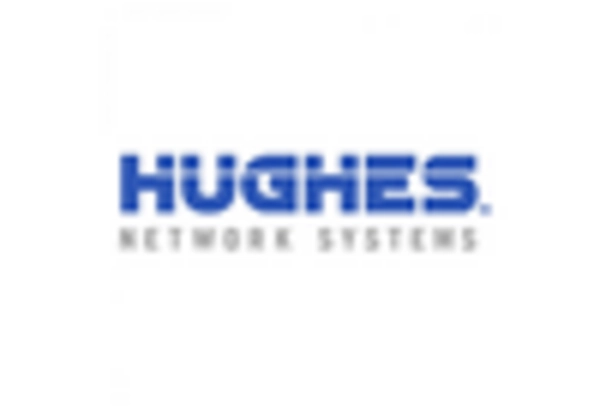
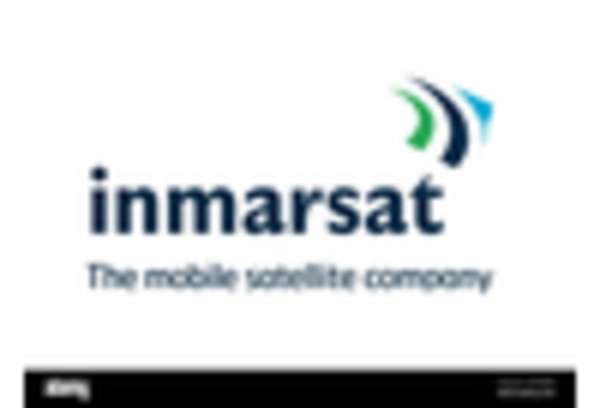
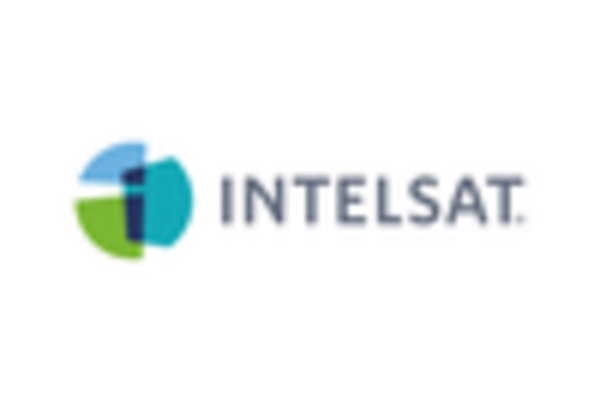
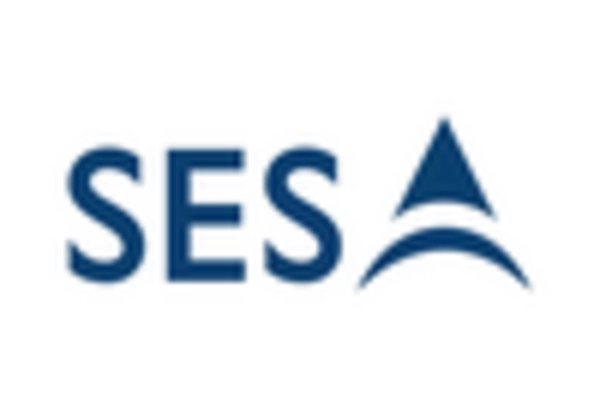
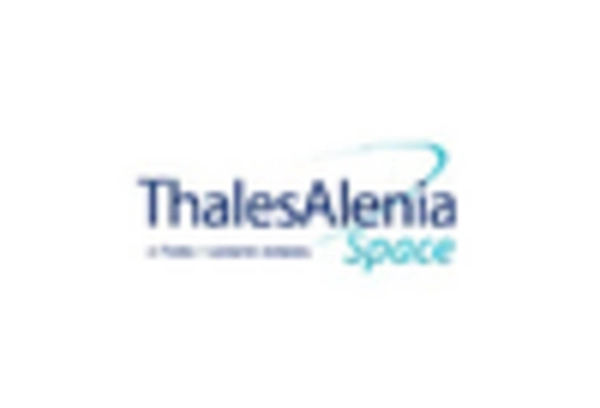

Leave a Comment